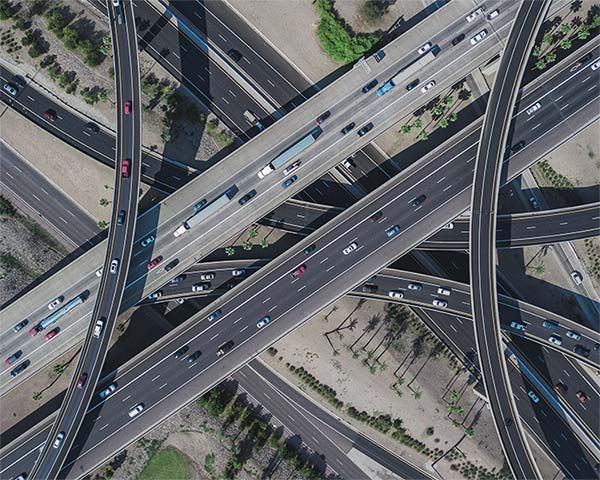
I recently shared my perspectives on potential changes to family priorities and government policy as a result of the current health and economic situation. In this blog, I pose the questions about whether the adjustments we have made to our working lives become permanent (or at least semi-permanent), and whether these changes will affect where we spend our time and where the government spends our money.
Since writing that blog post, I have been hearing the phrase ‘shovel ready project’ more and more from politicians and industry representatives. We have shovel ready coal mines, shovel ready road and rail upgrades, and shovel ready city centre upgrades.
What makes a project shovel ready? I know the answer in the conventional capital expenditure process is that a project has ticked all the boxes it needs and is therefore ready to proceed.
Will these shovel ready projects, which have seemingly evolved overnight, really have ticked all the right boxes? I am worried that they have not. Will they meet a return on investment? Will the local community support the project? Is the project even a good idea?
Whatever the problem is, the people advocating for these projects see our current situation as an opportunity to push through projects that have not stacked up in the past. They want to use the current situation to get their pet project across the line even if the project does not tick all the boxes.
I can easily imagine that lobbyists and big construction companies have been falling over themselves to book time with infrastructure ministers across the country. Being a fan of the ABC show Utopia, I could see some of the scenes from that show playing out in real life.
We don’t have a lot of cash to play around with in the first place, and the evolving coronavirus situation has put a big dent in federal coffers, and we will be paying for it for many years to come.
Given this situation we need to be spending on projects that will give us the best bang for our buck. One component must be job creation, the projects must create employment and, where possible, this employment should be through SMEs, which are the lifeblood of our economy. We should also be looking for projects that will have a real benefit to the country; be that a financial return through manufacturing and exports or through the improved health of our community and landscapes.
Some of our leaders have rolled out the ‘nation building project’ slogan to promote their ideas. When we are talking nation building projects I envision projects of the size and audacity of the Snowy Hydro Scheme, the Ord River farming area, Medicare and other iconic projects.
Since lockdowns started across the world, greenhouse gas emissions have been reduced by 24%. Should we be investing in more renewable energy projects to maintain the emission reductions? I imagine some of these green energy projects would be approaching the shovel ready trigger while others will have a ways to go.
Renewable energy should be of particular interest to us since our country is at the mercy of climate change and significant variations in rainfall and drought. Over the years there have been many projects to drought proof areas of the country. Turning far north Queensland into a new food bowl and the Bradford Scheme are two projects that spring to mind.
When launching the strategy to unite and recover for Queensland jobs, Premier Palaszczuk said “The patient has been stabilised, so now it’s time to start down the road to recovery and recuperation”.
As a country we are not going to be able to spend our way out of the current situation, we simply don’t have the money. What we do need to do is to invest wisely in projects that will give us the best return on investment to the broader community, not just our capital cities, and not just to the loudest lobby group.
We need to invest in visionary projects.
As for the shovel ready projects, we need to make sure that we are digging the right holes and not just digging holes to look like we are fixing things.
